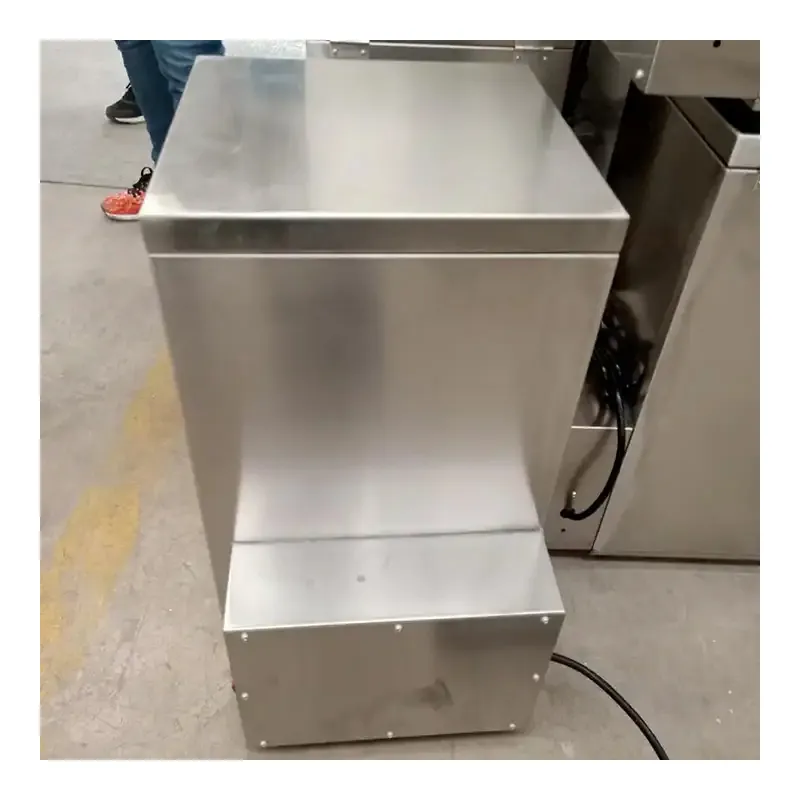commercial chicken layer cage
Dec . 01, 2024 19:00 Back to list
commercial chicken layer cage
The Role of Commercial Chicken Layer Cages in Modern Poultry Farming
In the world of modern poultry farming, commercial chicken layer cages play a pivotal role in maximizing egg production efficiency and promoting animal welfare
. These cages are specifically designed to house hens that are bred for their egg-laying capabilities, offering a controlled environment that supports their health, productivity, and well-being. As the global demand for poultry products increases, the evolution of layer cage systems has become critical in meeting consumer needs while adhering to ethical farming practices.One of the primary advantages of commercial chicken layer cages is their space efficiency. By utilizing vertical stacking systems, producers can house a larger number of hens in a smaller footprint compared to traditional free-range systems. This not only optimizes the use of agricultural land but also facilitates easier management of the flock. Farmers can monitor and control the environment—such as temperature, humidity, and ventilation—more effectively, ensuring that hens remain healthy and productive.
Additionally, layer cages play a significant role in biosecurity. In a cage system, the risk of disease transmission is reduced as the hens are separated from one another, making it easier to implement strict biosecurity measures. This ultimately leads to healthier flocks that produce a higher quality of eggs. With the ongoing threat of avian diseases, such as avian influenza, maintaining a disease-free environment is crucial for both animal welfare and economic viability.
commercial chicken layer cage

However, the use of layer cages has sparked debates regarding animal welfare. Critics argue that traditional battery cage systems confine hens in cramped spaces, limiting their natural behaviors such as nesting, dust bathing, and foraging. In response to these concerns, many farmers have shifted towards enriched cage systems, which provide hens with additional space, perches, and nesting areas. These enriched environments allow hens to express more of their natural behaviors, thereby improving their overall quality of life while still achieving high levels of productivity.
Innovations in technology have also enhanced the effectiveness of layer cages, incorporating automated feeding, watering, and egg collection systems. These advancements not only save labor costs but also ensure that the hens receive consistent nutrition and care. Farmers can now monitor the health and productivity of their flocks through data analytics, enabling them to make informed decisions that improve both performance and welfare.
Sustainability is another critical aspect of modern poultry farming, and layer cage systems contribute to this goal. By improving feed conversion rates and minimizing waste through efficient waste management systems, layer farms can reduce their environmental impact. Moreover, the controlled nature of cage systems allows for the integration of renewable energy sources and other sustainable practices, aligning poultry production with global sustainability goals.
In conclusion, commercial chicken layer cages are an essential component of modern poultry farming that offers numerous benefits, including enhanced productivity, biosecurity, and opportunities for improved animal welfare through enriched environments. While the debate regarding animal rights and ethical farming practices continues, innovations in cage design and management present viable solutions that balance the needs of farmers, consumers, and animals alike. As the poultry industry moves forward, it is vital to continue investing in technologies and practices that ensure the sustainability and ethical treatment of hens while meeting the growing global demand for eggs. This balance will not only support the livelihoods of farmers but also contribute to a more responsible and efficient food system.
-
Automatic Feeding Line System-Pan Feeder Nipple Drinker|Anping County Yize Metal Products Co., Ltd.
NewsJul.29,2025
-
Hot Sale 24 & 18 Door Rabbit Cages - Premium Breeding Solutions
NewsJul.25,2025
-
Automatic Feeding Line System Pan Feeder Nipple Drinker - Anping County Yize Metal Products Co., Ltd.
NewsJul.21,2025
-
Automatic Feeding Line System Pan Feeder Nipple Drinker - Anping County Yize Metal Products Co., Ltd.
NewsJul.21,2025
-
Automatic Feeding Line System - Anping Yize | Precision & Nipple
NewsJul.21,2025
-
Automatic Feeding Line System - Anping Yize | Precision & Nipple
NewsJul.21,2025






